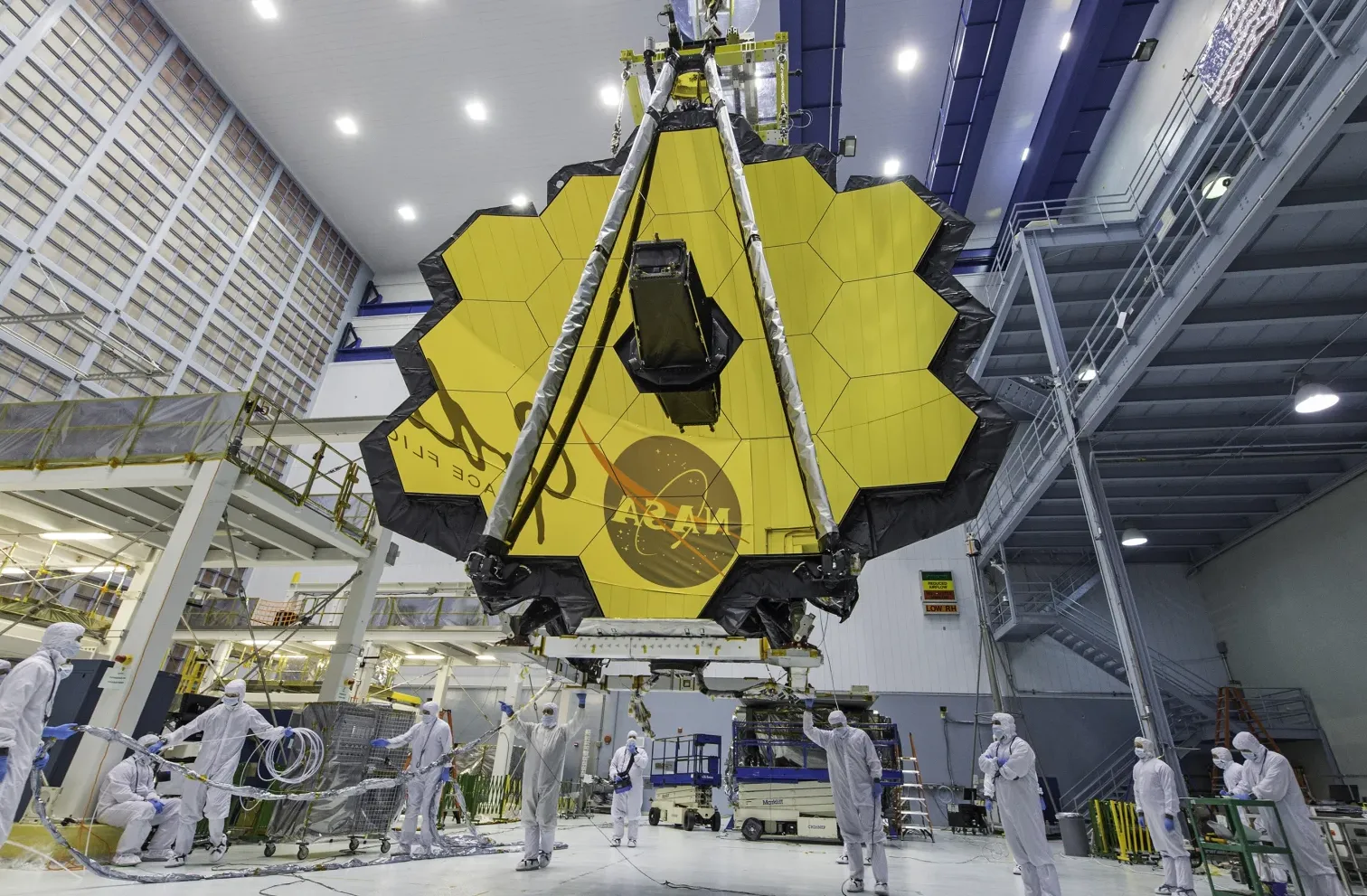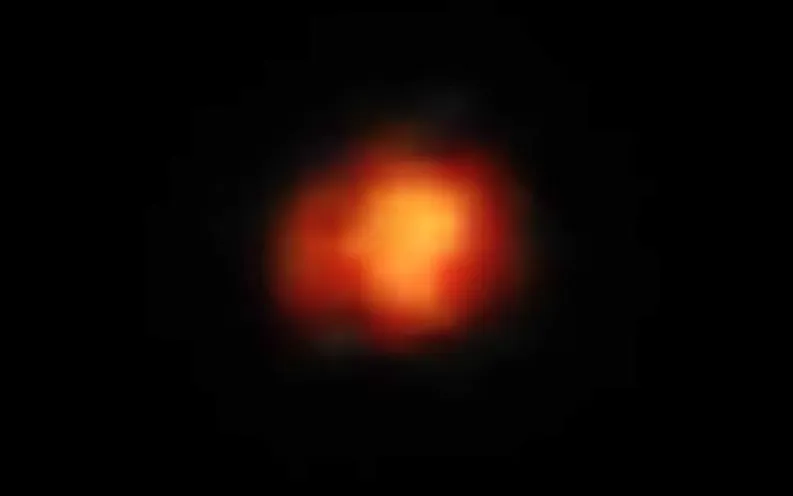Astronomers Determine Maisie’s Galaxy is Among the Most Ancient Ever Observed
Using sophisticated tools, astronomers have determined a more precise age for Maisie’s galaxy, which was first spotted by the James Webb Space Telescope (JWST) in June 2022. While the galaxy is not as ancient as initially thought, it remains one of the earliest observed, originating approximately 390 million years after the Big Bang, making it roughly 13.4 billion years old. This makes it only slightly younger, by a mere 70 million years, than JADES-GS-z13-0, the currently recognized oldest-known star system.
The system was discovered last summer by Steven Finkelstein, an astronomer led by the University of Texas at Austin. (The name “Corn Galaxy” is an ode to his daughter, since they discovered it on her birthday.) The team initially estimated that it was only 290 million years after the Big Bang, but analyzing the galaxy with more advanced equipment revealed that it is about 100 million years older than that. “The exciting thing about the Maisie galaxy is that it was one of the first distant galaxies identified by JWST, and the first of that series to actually be confirmed spectroscopically,” Finkelstein said.
Spectroscopic confirmation came thanks to JWST’s Near InfraRed Spectrograph (NIRSpec) by the Cosmic Evolution Early Release Science Survey (CEERS). NIRSpec “splits an object’s light into several different narrow frequencies to more accurately identify its chemical composition, heat generation, intrinsic brightness, and relative motion.” Redshift—the movement of light toward longer (redder) wavelengths to indicate movement away from the observer—was thought to be key to a more accurate date than the original photometric estimate. The advanced tools determined a redshift of z = 11.4 for the Maize Galaxy, helping the researchers settle on a revised estimate of 390 million years after the Big Bang.

Astronomers also studied CEERS-93316, a galaxy originally estimated to be 235 million years before the Big Bang — which would have made it astonishingly old. After studying this system, it revealed a redshift of z = 4.9, which places it just a billion years after the Big Bang. The first miscalculation about CEERS-93316 was understandable: The galaxy was emitting an unusually high amount of light in the narrow frequency bands associated with oxygen and hydrogen, making it appear bluer than it really was.
Finkelstein criticizes the lady for bad luck. “This was kind of a strange case,” he said. “Of the many dozens of high-redshift candidates observed spectroscopically, this is the only case where the true redshift is much lower than our original guess.” Finkelstein added: “It would have been really challenging to explain how the universe could create such a massive galaxy so soon. So I think this was probably always the most likely outcome because it was so extreme, so bright, at such seemingly high redshift.”
The CEERS team is now evaluating about 10 other systems that may be older than the Maisie Galaxy.




